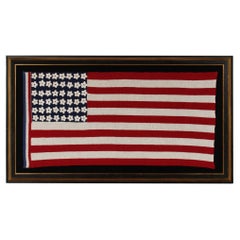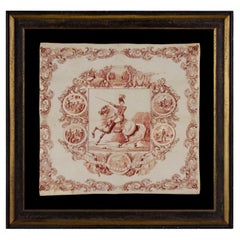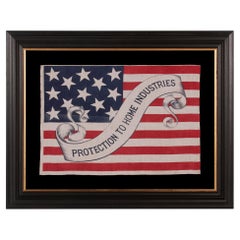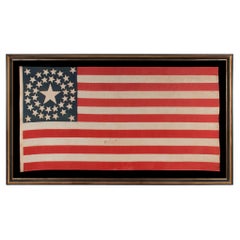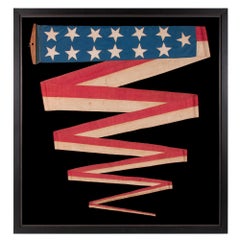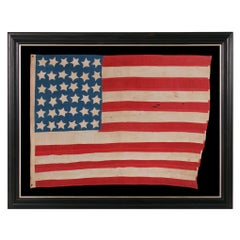Cotton Collectibles and Curiosities
Mid-20th Century American Cotton Collectibles and Curiosities
Cotton
Mid-19th Century American Antique Cotton Collectibles and Curiosities
Cotton
1880s American Antique Cotton Collectibles and Curiosities
Cotton
Late 19th Century American Antique Cotton Collectibles and Curiosities
Cotton
Mid-19th Century American Antique Cotton Collectibles and Curiosities
Cotton
1860s American Antique Cotton Collectibles and Curiosities
Cotton
20th Century American Cotton Collectibles and Curiosities
Cotton
1850s American Antique Cotton Collectibles and Curiosities
Cotton
1870s American Antique Cotton Collectibles and Curiosities
Cotton
Early 1800s American Antique Cotton Collectibles and Curiosities
Cotton
Late 19th Century American Antique Cotton Collectibles and Curiosities
Cotton
1970s Vintage Cotton Collectibles and Curiosities
Cotton
1860s American Antique Cotton Collectibles and Curiosities
Cotton
1860s American Antique Cotton Collectibles and Curiosities
Cotton
Read More
Medal-Worthy Memorabilia from Epic Past Olympic Games
Get into the games! These items celebrate the events, athletes, host countries and sporting spirit.
Ahoy! You’ve Never Seen a Collection of Sailor Art and Kitsch Quite Like This
French trendsetter and serial collector Daniel Rozensztroch tells us about his obsession with objects related to seafaring men.
Pamela Shamshiri Shares the Secrets behind Her First-Ever Book and Its Effortlessly Cool Interiors
The sought-after designer worked with the team at Hoffman Creative to produce a monograph that beautifully showcases some of Studio Shamshiri's most inspiring projects.
Moroccan Artworks and Objects Take Center Stage in an Extraordinary Villa in Tangier
Italian writer and collector Umberto Pasti opens the doors to his remarkable cave of wonders in North Africa.
Montecito Has Drawn Royalty and Celebrities, and These Homes Are Proof of Its Allure
Hollywood A-listers, ex-pat aristocrats and art collectors and style setters of all stripes appreciate the allure of the coastal California hamlet — much on our minds after recent winter floods.
Whaam! Blam! Pow! — a New Book on Pop Art Packs a Punch
Publishing house Assouline and writer Julie Belcove have teamed up to trace the history of the genre, from Roy Lichtenstein, Andy Warhol and Yayoi Kusama to Mickalene Thomas and Jeff Koons.
The Sparkling Legacy of Tiffany & Co. Explained, One Jewel at a Time
A gorgeous new book celebrates — and memorializes — the iconic jeweler’s rich heritage.
What Makes a Gem-Encrusted Chess Set Worth $4 Million?
The world’s most opulent chess set, weighing in at 513 carats, is literally fit for a king and queen.
